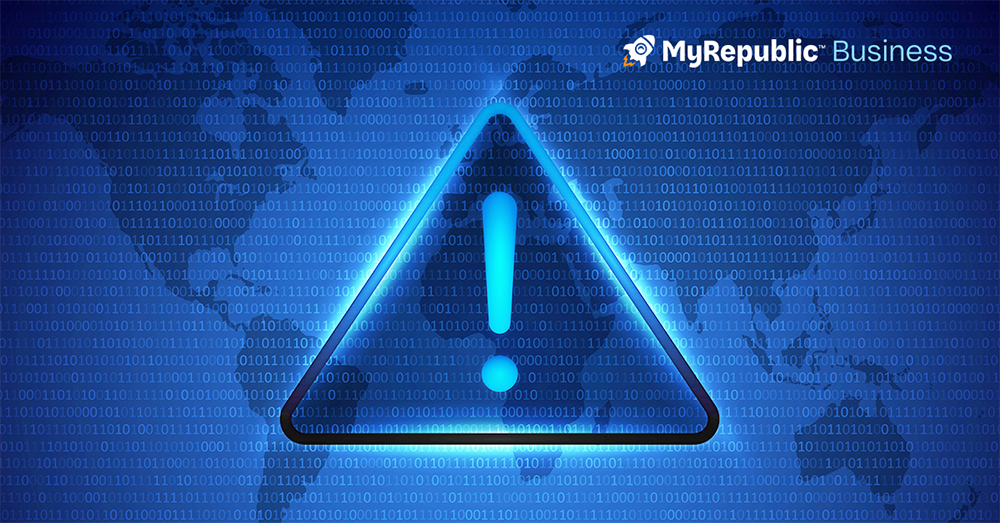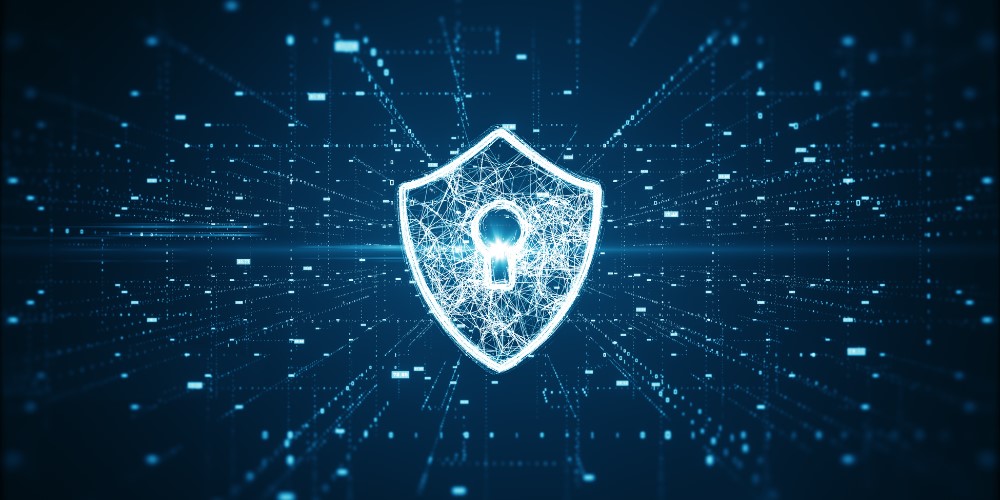CrowdStrike Crash: 3 Essential Lessons for Businesses

International flights delayed, health services disrupted, and banking services frozen. This was the scene on 19th July as the world witnessed one of the worst global IT outages to date. Owing to a faulty software patch uploaded by security company CrowdStrike, global travel and businesses were faced with unprecedented disruptions as approximately 8.5 million computers across the world were rendered unusable by the infamous “Blue Screen of Death” booting error.
As businesses around the world continue tallying up the financial costs of this tech outage, the one point that many agree on is that catastrophes like these are likely to occur more frequently due to society’s heavy reliance on technology and centralised systems.
All that said, what can businesses do to prepare themselves for the next potential tech outage? This article will break down the dangers of overly-centralised systems, and offer solutions to help companies stay ready for any future disruption.
The Risk of Centralised Systems
While the root cause of the CrowdStrike outage was identified to be flawed software updates, experts claim the real reason for the outage lies with modern business’s obsession with over-centralisation and homogeneity. From operating systems to cloud platforms, the architecture of modern technology is based upon layers of homogenous infrastructure.
When such infrastructure fails, it results in errors known as single-point failures and leads to disastrous consequences as observed in the CrowdStrike tech outage. In such cases, it is advisable for businesses to put their eggs into different baskets by building redundancies into their systems.
The first step in avoiding overly centralised systems is embracing digital transformation and improving cyber preparedness. By divesting their resources and having safeguards in place, businesses can avoid an over-reliance on centralised services and prevent single-point failures from occurring.
Decentralise Your IT Infrastructure
Another means to circumvent the occurrence of single-point failures is through decentralising and diversifying your IT infrastructure. In fact, it is recommended by many cybersecurity experts that businesses adopt multi-cloud platforms and services as a failsafe to single-point failures.
As stated by Singapore’s Minister for Digital Development and Information Josephine Teo, preparation for tech outages begins in the day-to-day. Beginning with multi-platform solutions such as service management, businesses can distribute their IT infrastructure across various service providers to ensure that one single outage never poses a threat to continued operations.
Similarly, data storage and solutions can be allocated across on-premise and cloud-based platforms to prevent a single outage wreaking havoc on business performance. In the event any service provider goes down, businesses can still rely on alternatives to support critical functions and maintain efficacy.
Implement Robust Monitoring and Alerting
At the start of the incident, Singapore’s Ministry of Digital Development and Information immediately released a press release to assure the global public that the nation’s government services were unaffected while the UK and Germany had essential public infrastructure such as health services being affected. This kept Singapore’s essential services relatively unscattered from the global outage and most Singaporeans can continue to carry about their essential daily tasks.
The example highlights how robust monitoring and altering systems not only enhance incident response but also help to maintain confidence and ensure business continuity during times of crisis. Implementing such measures is essential for fast-tracking recovery while minimising fear, uncertainty and doubt among customers and stakeholders.
Hence, businesses should look to explore cyber incident response measures. Cyber incident response measures equip businesses to handle IT disruptions effectively through immediate incident responses, comprehensive training and preparedness, and expert guidance and support.



















